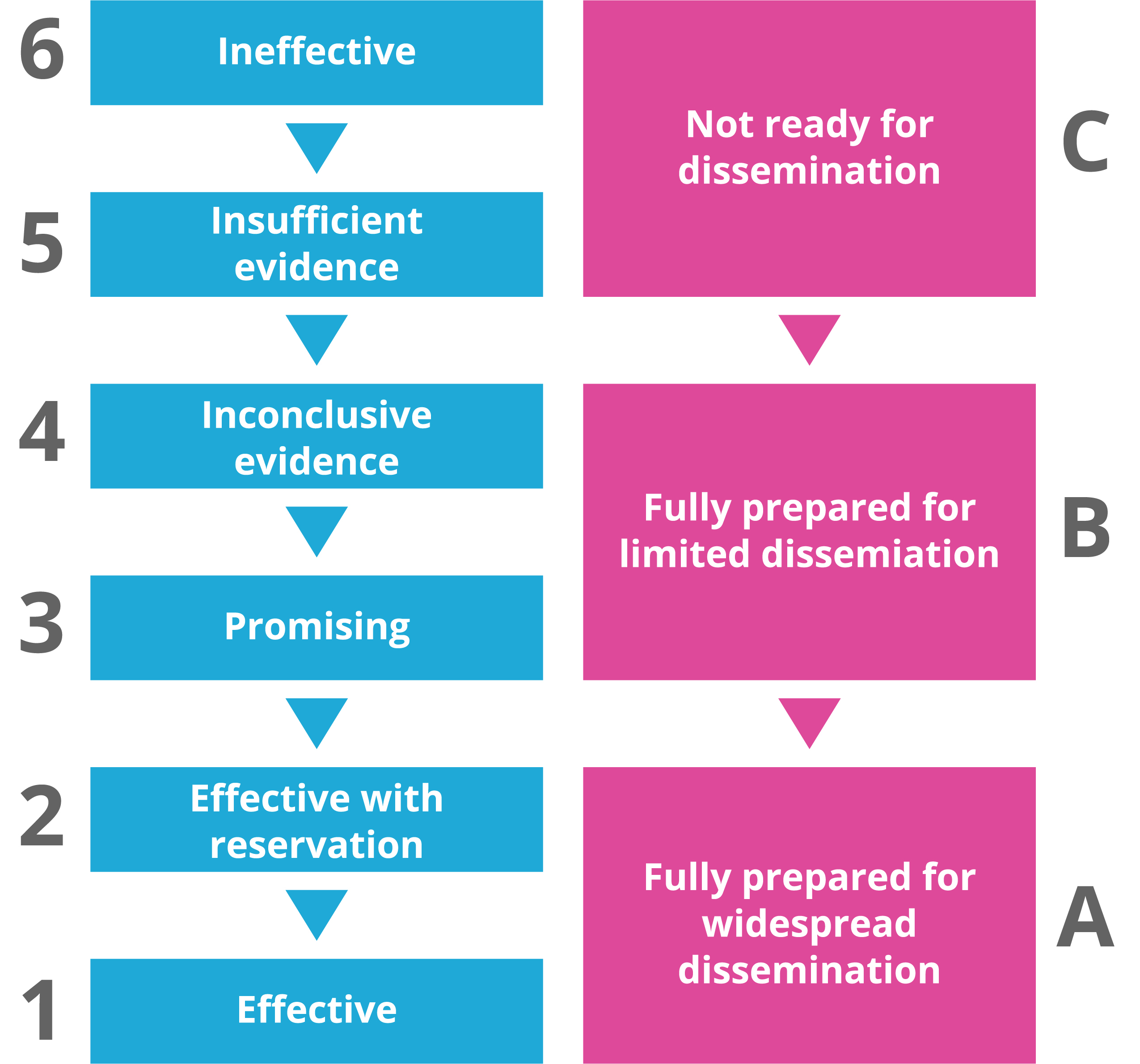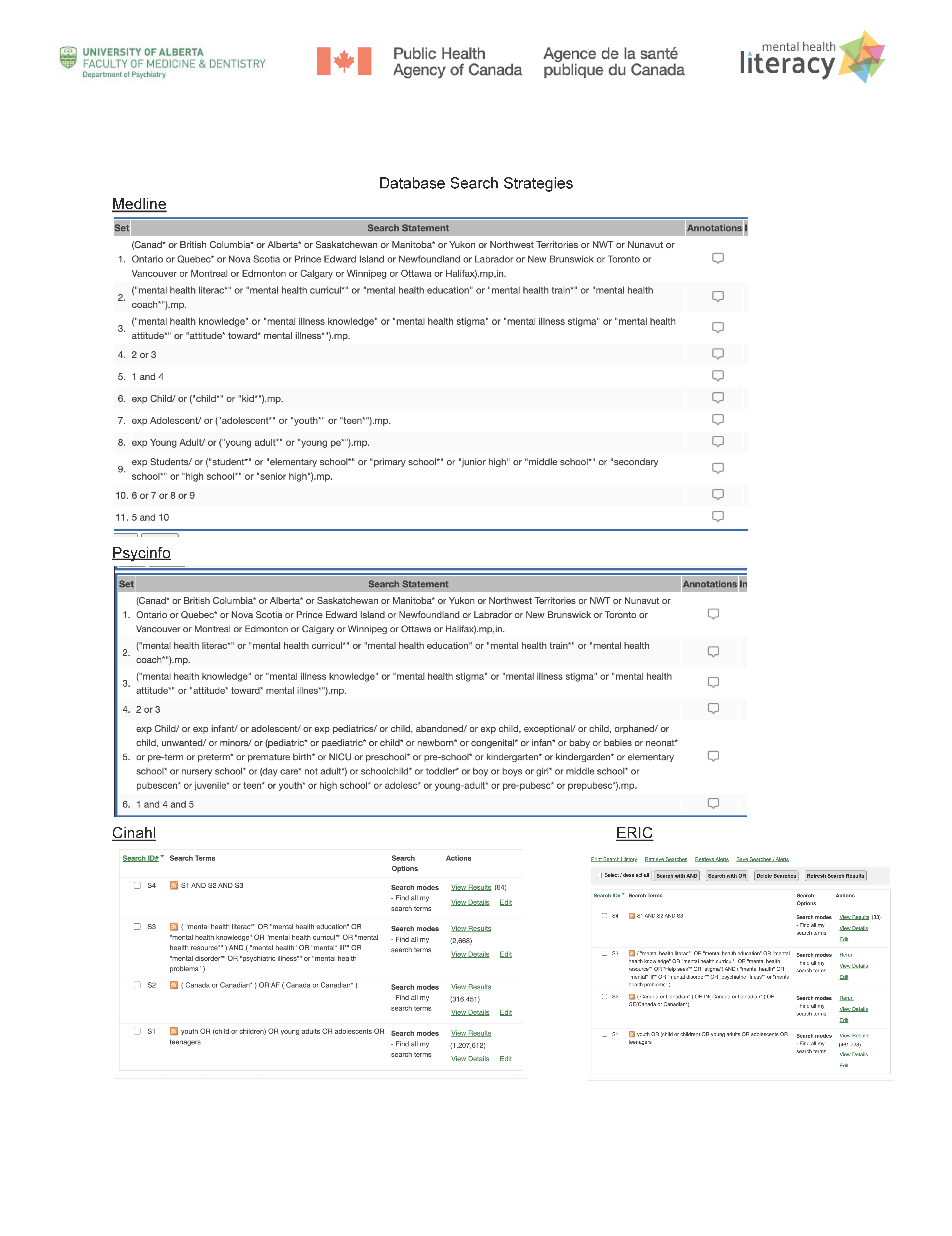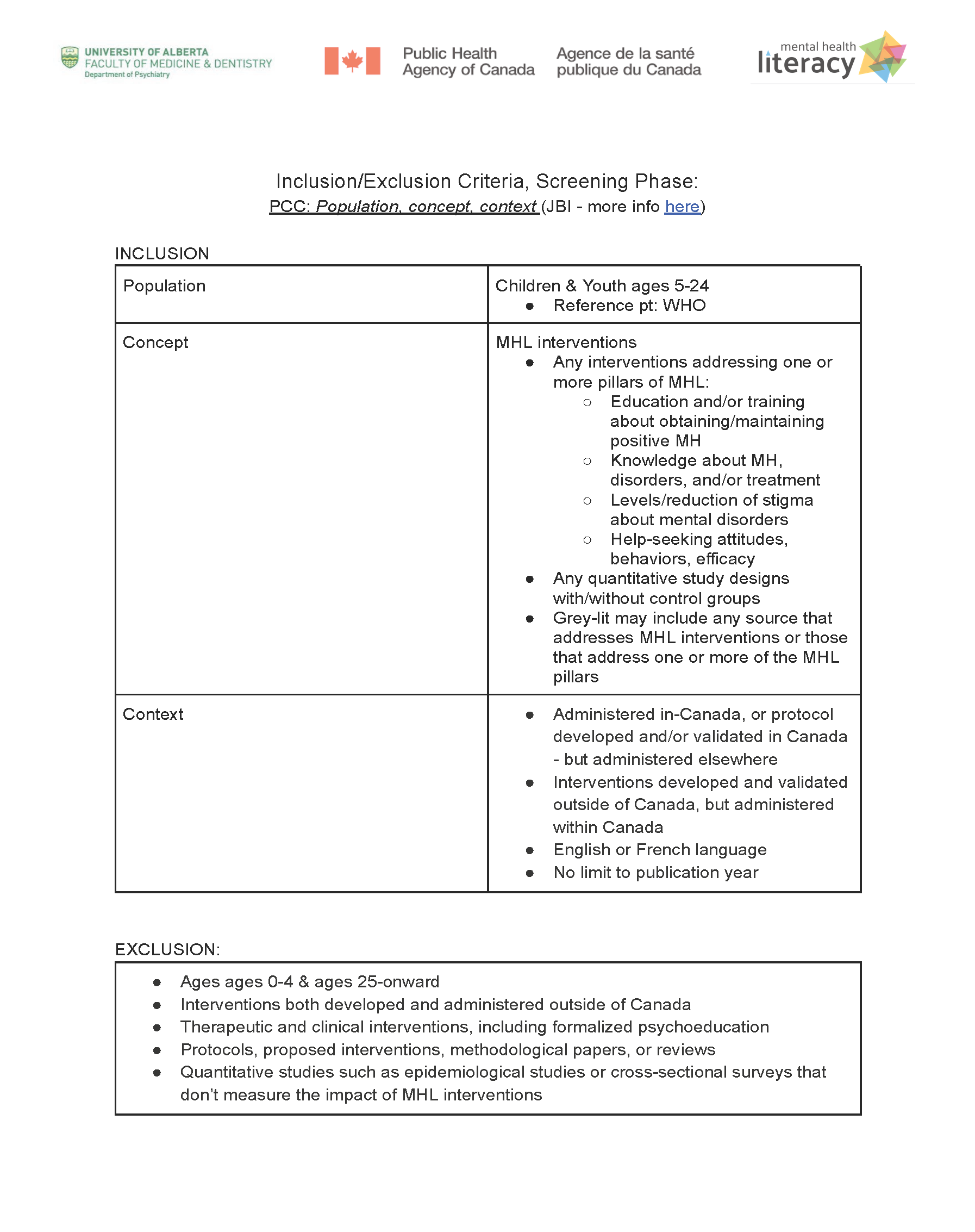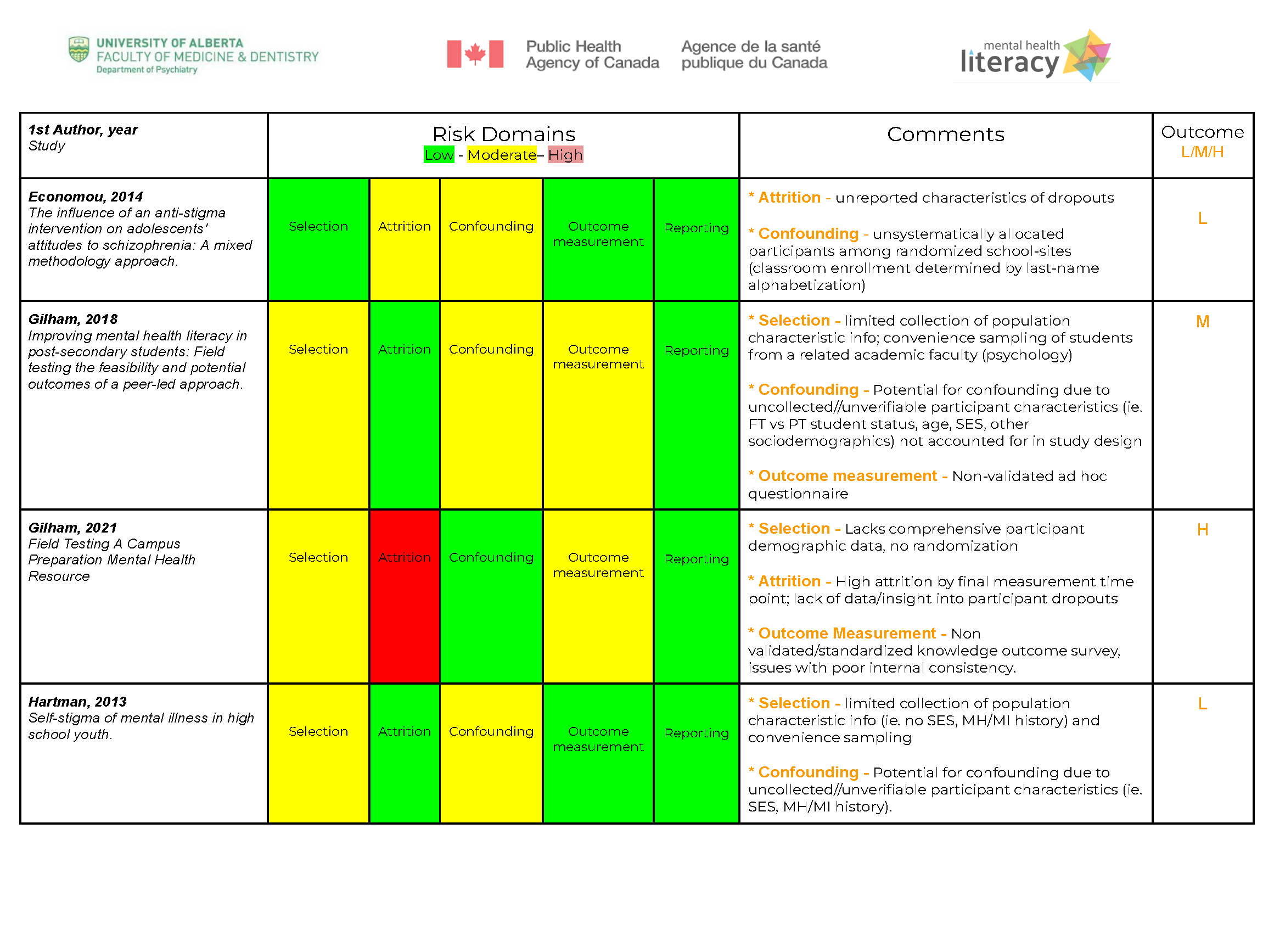Critical Evaluation Process of Mental Health Literacy Resources
Scan of Databases and Extant Literature
We worked with health sciences librarians and information scientists to find the right databases and improve our search approach through an iterative process. We then used this improved method to gather research articles on Mental Health Literacy in children and youth from four databases:
- MEDLINE: a comprehensive bibliographic database maintained by the National Library of Medicine (NLM). It encompasses citations and abstracts from over 5,600 biomedical journals, covering fields such as medicine, nursing, dentistry, veterinary medicine, public health, and allied health. Its extensive coverage includes articles, conference proceedings, and other scholarly literature, making it a vital resource for researchers and healthcare professionals worldwide.
- PsycINFO a bibliographic database maintained by the American Psychological Association (APA). It contains abstracts and citations for scholarly literature in the field of psychology and related disciplines, including psychiatry, sociology, education, and more. PsycINFO is a valuable resource for researchers, clinicians, educators, and students interested in psychological research and practice.
- CINAHL (Cumulative Index to Nursing and Allied Health Literature): a comprehensive nursing and allied health database. It provides indexing and abstracts for a wide range of literature in nursing, allied health, biomedicine, and healthcare. CINAHL covers journals, books, dissertations, conference proceedings, and other sources, making it an essential tool for nurses, healthcare professionals, educators, and researchers.
- Outcome Measurement: gauging the effect of an action or intervention.
- ERIC (Education Resources Information Center): a bibliographic database sponsored by the U.S. Department of Education's Institute of Education Sciences. It contains citations and abstracts for educational research literature, including journal articles, reports, conference papers, and other materials. ERIC covers a broad range of topics related to education, making it a valuable resource for educators, researchers, policymakers, and practitioners in the field of education.
Screening
Our team established inclusion and exclusion criteria to help decide if articles were relevant. Two researchers screened the papers independently before comparing results, while a third researcher resolved any disagreements. The screening had two stages:
- Abstract and Title Screening: The researchers assessed if the article’s title and abstract met our criteria. If the criteria was satisfied, the article proceeded to the next stage.
- Full Text Review: Researchers thoroughly examined the full text of articles that passed the initial screening. If the full text met our criteria, the article was considered relevant for our project, and we proceeded to extract the necessary data.
Assessing the Risk of Bias for Included Articles
Two researchers independently assessed each article for bias using an adapted tool, discussed their findings, and resolved conflicts. If needed, a third researcher was involved to provide the final judgement. Researchers assessed potential biases in the following domains:
- Selection Bias: when a group chosen for a study does not necessarily represent the larger population.
- Attrition: the loss of participants or data over the course of a study.
- Confounding: when something outside of the study affects the subject(s) being studied, and therefore impacts the results.
- Outcome Measurement: gauging the effect of an action or intervention.
- Reporting Bias: when research results are not fully and accurately described.

Assessing MHL Interventions in Each Article for their Effectiveness and Readiness for Wide Dissemination
The OJP “What Works” Framework is a data-driven approach to explore the effectiveness of certain interventions, while determining whether the intervention is ready to be shared or used by the public.
- Two researchers independently assess each article using the OJP framework to ascertain whether the studied interventions are effective or ready for wide dissemination.
- After each study is assessed, both researchers present their findings and address any conflicts of judgement by discussing the evidence. If necessary, a third researcher is included to provide the final judgement.



